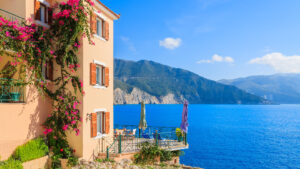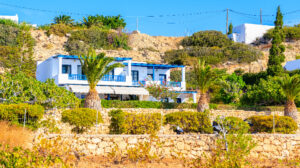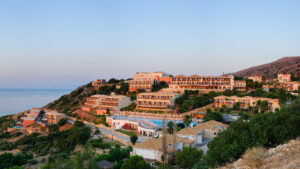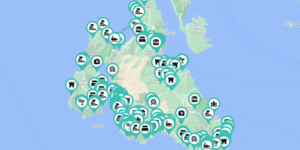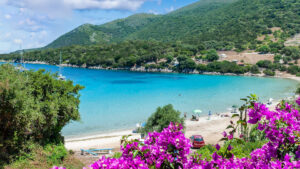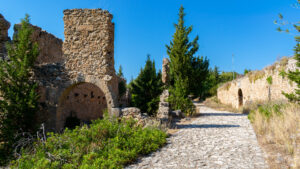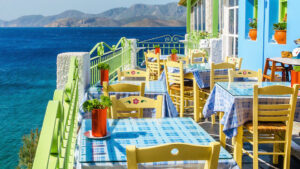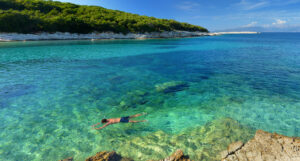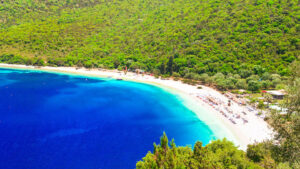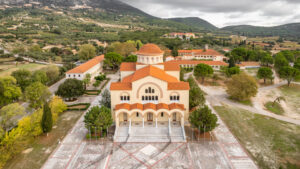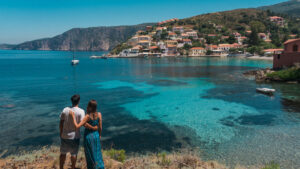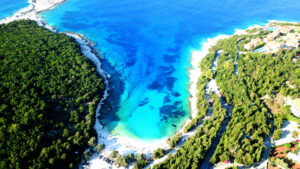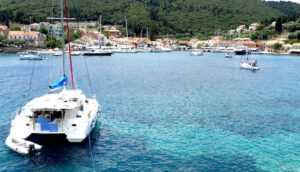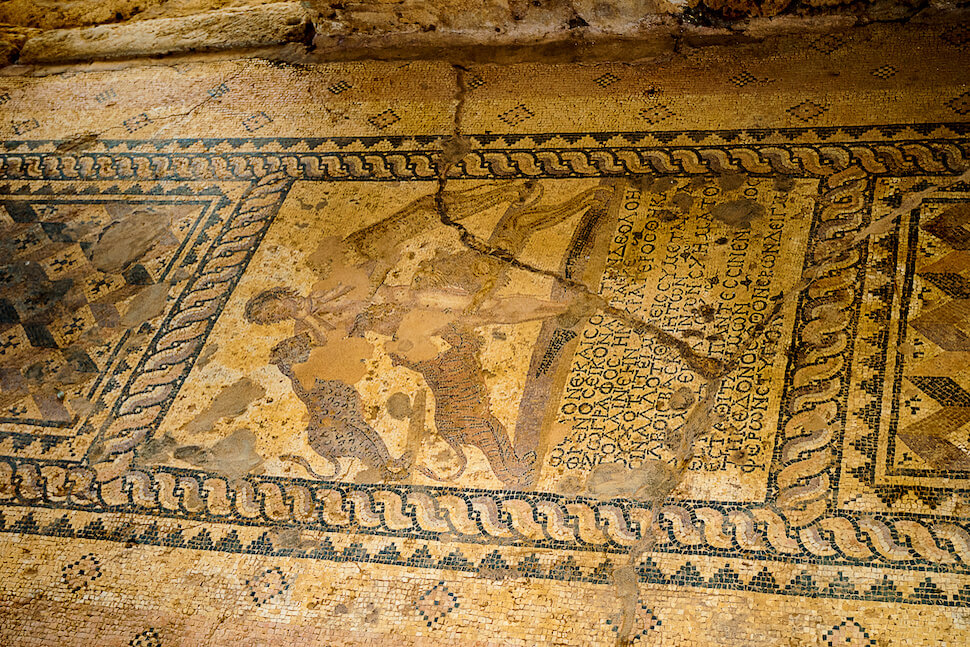As you step foot on the captivating island of Kefalonia, Greece, you can’t help but be captivated by its natural beauty and serene landscapes. However, beneath its picturesque exterior lies a rich and extensive history that spans thousands of years. Most of us have heard through storybooks about the tales of old that come out of Greece—the ancient philosophers, the pioneering military and political schools, math, science, food, myths, legends, and so much more.
Kefalonia, too, has played a significant role in this tapestry of Greek history. It has witnessed the rise and fall of civilizations, becoming a focal point for remarkable stories and extraordinary events. In this blog, we will delve into the fascinating history of Kefalonia, tracing its roots through time to uncover its compelling story.
Kefalonia’s Origins
Kefalonia, also known as Cephalonia, was once referred to as Kefallinia or Kephallenia. It proudly holds the distinction of being the largest among the Ionian Islands. The island derives its name from Kephalos, the first ruler of the region. According to local lore, Kephalos established the four principal cities on the island: Sami, Pahli, Krani, and Pronnoi, which he named after his sons.
This historical account sheds light on why the island was referred to as Tetrapolis, meaning “Four Towns,” during that era. These four cities enjoyed autonomy and independence, each governed by its own system and even minting their own coins. The island also features prominently in Homer’s epic poem, the Odyssey, as the home of the mythical king Odysseus.
Ancient Greek Civilization
Kefalonia, being strategically located in the Ionian Sea, became an important centre of trade and commerce during ancient times. The island was inhabited by the ancient Greeks, who established prosperous city-states with Argostolion later becoming the capital of the island state. The ancient Greeks and Romans left their mark through impressive ruins, such as the Roman Villa in Skala, offering a glimpse into their vibrant civilization and storied past.
Roman and Byzantine Rule
Between the 2nd and 4th century BC, Kefalonia came under Roman rule, becoming part of the vast Roman Empire. During this period, the island experienced significant development, with the construction of infrastructure and grand buildings. The Roman influence can still be seen today, particularly in the archaeological sites and Roman remains scattered across the island. With the decline of the Roman Empire, Kefalonia passed into the hands of the Byzantine Empire, enduring periods of prosperity and instability.
Venetian Domination
One of the most influential periods in Kefalonia’s history was the Venetian occupation, which lasted for over 300 years, ending in 1797, when the French took over. The Venetians fortified the island, building impressive castles and fortresses to protect it from invaders. The most notable of these is the Castle of St. George in Peratata or “Castle of Agios Georgios”, which overlooks Argostoli. The Venetian influence is also evident in the island’s architecture, with Venetian-style buildings and charming squares that still grace the towns and villages.
Ottoman and Ottoman-Venetian Rule
During the mid 16th century, Kefalonia fell under Ottoman rule, marking a period of significant change for the island. However, the Ottoman occupation was not without resistance. The Kefalonians, aided by the Venetians, rebelled against the Ottoman forces, leading to a period of joint Venetian-Ottoman rule. This unique era lasted for several decades, resulting in a blend of Venetian and Ottoman influences that can be seen in the island’s architecture and cultural heritage.
Modern History
In the 19th century, Kefalonia, along with the other Ionian Islands, became part of the newly formed Greek state. The island went through various political and social transformations, witnessing events such as the Greek War of Independence and World War II. Kefalonia was particularly affected during World War II, as it was occupied by Axis forces. The island played a significant role in the resistance against the occupation, and the events of that time are memorialised in museums and monuments across the island.
The history of Kefalonia is a captivating journey through time, revealing the layers of civilizations that have shaped its identity. From ancient myths to the rise and fall of empires, the island has witnessed the ebb and flow of human history on a piece of land just 786 square kilometers in size.
Today, Kefalonia stands as a testament to its rich heritage, with archaeological sites, castles, and remnants of the past, preserving the stories of those who came before. As you explore the island’s natural wonders, take a moment to immerse yourself in its captivating history, and let the echoes of the past guide your journey.

